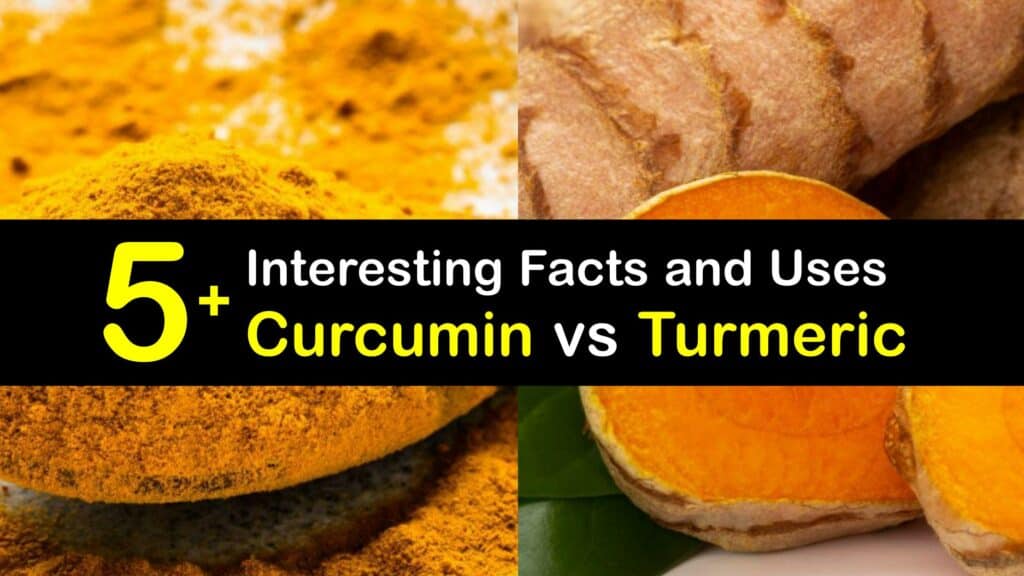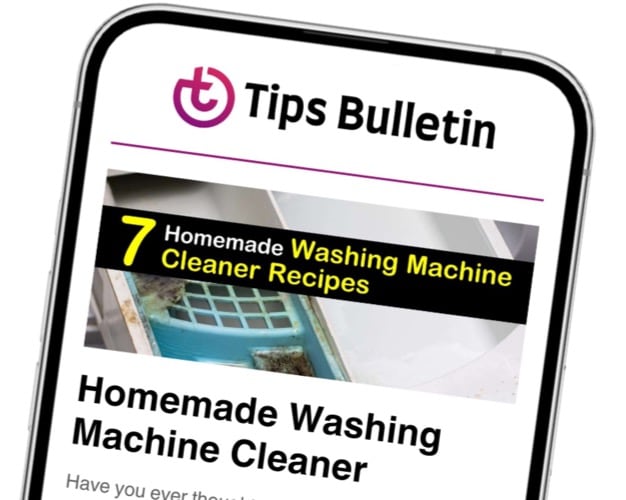There is a good reason turmeric has become popular these days. This member of the ginger family adds flavor to curry and other Indian dishes, and the benefits of turmeric seem endless. However, there is some confusion between turmeric root and curcumin. Discover the differences between curcumin vs turmeric and how they are helpful in everyday life.
You are probably familiar with turmeric and may even have a bottle of ground turmeric powder in your spice cabinet. You might not know that this spice has more advantages than flavoring your food. Though turmeric is an excellent addition to the diet, curcumin is the power driver.
While turmeric and curcumin supplementation is not common practice in traditional health care, it is popular in ayurvedic practices in India. These antioxidant powerhouses provide a range of health benefits, from lowering blood pressure to relieving oxidative stress, and they are available in supplement and natural forms.

The Differences between Turmeric vs Curcumin
You may have heard that using turmeric while cooking is beneficial or that taking a curcumin supplement boosts your immunity, but how are turmeric and curcumin different, and is one better for you than the other? Learn the difference and how to grow and store turmeric at home.
Is Turmeric the Same as Curcumin?
While browsing your local drug store, you may notice bottles of turmeric and curcumin supplements, which leads to confusion. Is turmeric the same as curcumin?
Turmeric and Curcumin
Turmeric is the rhizome of a flowering plant from the ginger family, and it produces a golden spice popular in Indian cooking. It has a strong bitter and earthy taste, and you can substitute turmeric for ginger in some recipes. Curcumin and turmeric stain clothing badly due to the strong yellow color of the spice, so you’ll need to be careful when cooking with it.

Turmeric root contains bioactive compounds – one of those compounds is curcumin. This compound is the most active with the greatest health-promoting effects, and it’s what gives turmeric its taste and bright yellow color. Curcumin comes from turmeric, but turmeric does not come from curcumin.
Difference between Turmeric and Curcumin
Turmeric and curcumin are effective at treating various problems, but are they the same thing? Explore the difference between turmeric and curcumin to help ease some of the confusion.
Turmeric vs Curcumin
Turmeric contains 2 to 9% curcuminoids, like demethoxycurcumin, bisdemethoxycurcumin, and curcumin. Of all the bioactive compounds, 75% are curcumin. The primary difference between the two is that turmeric is an edible root, and curcumin is turmeric’s star compound.
Health Benefits of Curcumin vs Turmeric
Now that you understand the difference between turmeric and curcumin, you may want to know their effects on the body. Examine the many advantages of including turmeric and curcumin in your diet.
Both turmeric and curcumin have antifungal, antibacterial, and anti-inflammatory effects. In addition, they relieve osteoarthritis and rheumatoid arthritis, improve blood sugar metabolism, reduce oxidative stress, protect against liver damage, reduce cancer cell activity, and lower bad cholesterol and triglycerides, reducing the risk of heart disease.
They both have low bioavailability and are not easy to absorb in the body. It’s essential to combine them with black pepper, piperine, or a black pepper extract to help increase the bioavailability of curcumin and turmeric.
There are some side effects to taking high doses of curcumin or turmeric extract. Common adverse reactions are digestive problems, like stomach upset, diarrhea, and nausea.
Some studies show that curcumin results in a higher number of responses compared with a placebo. While the Food and Drug Administration recognizes curcuminoids as generally safe, seek medical advice from your physician before taking any new supplements, like turmeric supplements or curcumin supplements.
Can You Grow Turmeric at Home?
Is turmeric the same as curcumin? Curcumin is a compound of turmeric, and growing turmeric roots at home is a great way to enjoy its uses. Here are some plant-growing tips to help get you started.
Since turmeric has a long growing season, start your plants indoors during late winter. Turmeric plants grow just over three feet tall, so choose a pot at least 12 inches wide and deep and ensure that it has drainage holes.
Fill the planter with five inches of potting soil and lay the rhizome in the center of the dirt with the buds facing upward. Cover the root with soil, leaving a one to two-inch space at the top, and water the container thoroughly until the dirt is visibly wet.
Slip a clear plastic bag over the top to hold in moisture and keep the container in a warm place with a temperature between 70 and 95°F. Water it every couple of days – the plant begins to sprout in a couple of months.
Transplant the turmeric into a larger pot when it reaches four to eight inches tall, and move it outdoors in a partial shade area to help it acclimate. Continue to water your plant every two to three days and watch for pests.
Harvesting and Storing Fresh Turmeric
After planting turmeric seed rhizomes and watching them grow into a beautiful plant, it’s finally time to start harvesting the roots. Find out when and how to process turmeric after harvesting and store the root for later use.
Turmeric plants (Curcuma longa) take nine to ten months to reach maturity. Once the turmeric leaves turn yellow-brown and dry, it’s time to harvest the root. Use your hands or a trowel to reach into the dirt around the plant’s base to loosen the soil and prevent damaging the rhizomes. Gently pull the stalks and scoop the roots from beneath the ground.
Shake off the excess dirt, cut the rhizome hand off the stalk, and remove any long roots. Set the turmeric roots in a cool area to dry completely before storage. Set them in a brown paper bag and refrigerate them for up to two weeks.
Making Curcumin Tea with Turmeric
The best way to enjoy the benefits of curcumin is to make homemade turmeric tea. This warm and soothing recipe is simple to prepare and an excellent way to give your immune system a boost. Turmeric or ginger can be very beneficial for illnesses when taken as a tea.
Pour the water, turmeric, lemon juice, and black pepper into a small pot. Turn the stove on high heat and whisk the ingredients together to release the active ingredient, curcumin. Turn down the heat after it boils and simmer the liquid for ten minutes.
Turn off the heat, add the honey, and let the tea cool for a few minutes before straining it into a mug to remove the black pepper.
Turmeric is a fantastic addition to the home garden, and it’s great for spicing up your favorite dishes or making curcumin tea. While turmeric and curcumin are both powerful antioxidants, they require a sidekick of black pepper to increase their bioavailability.

Now that you understand the difference between curcumin vs turmeric and the many ways they are useful for your health, why not share our turmeric and curcumin guide with your family and friends on Pinterest and Facebook?